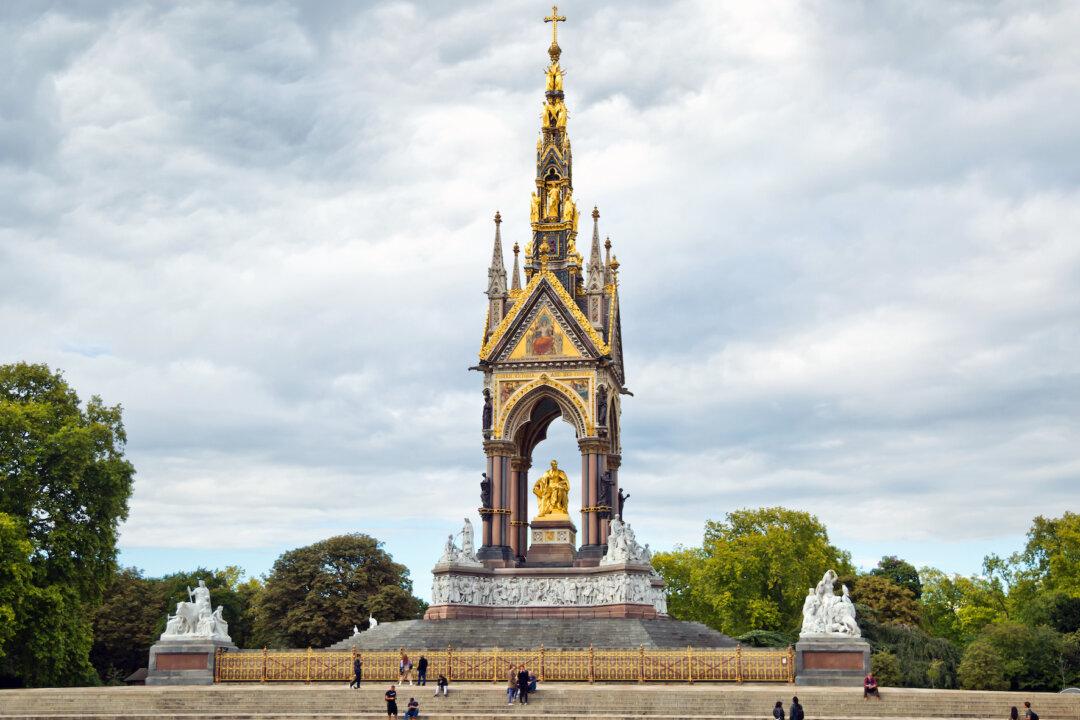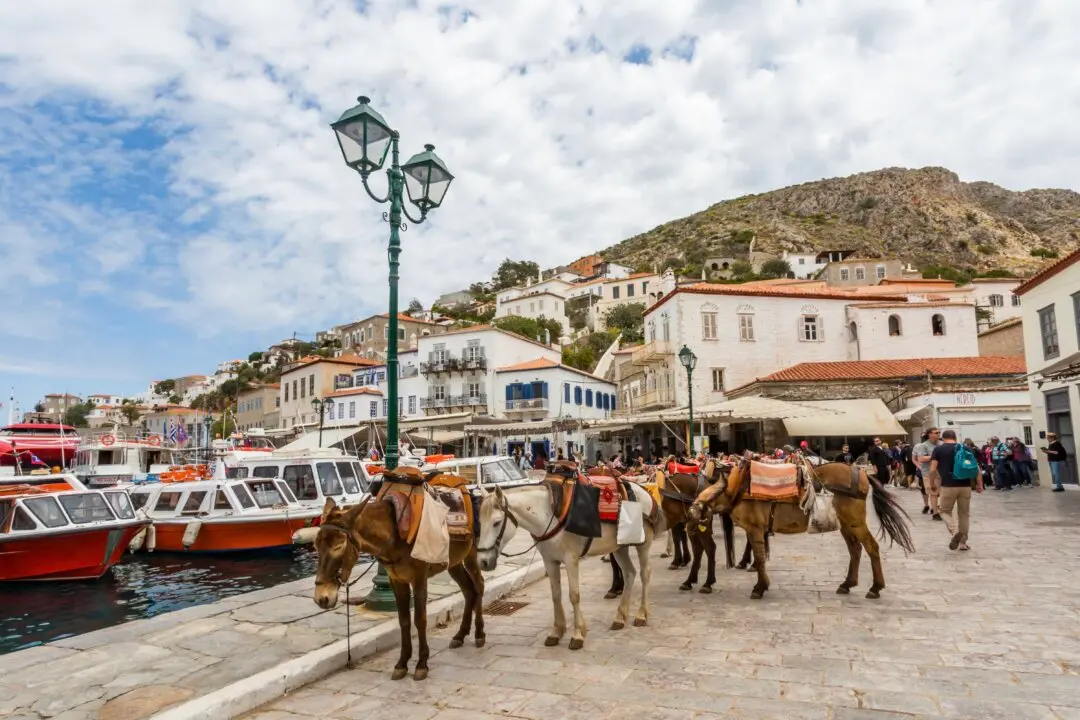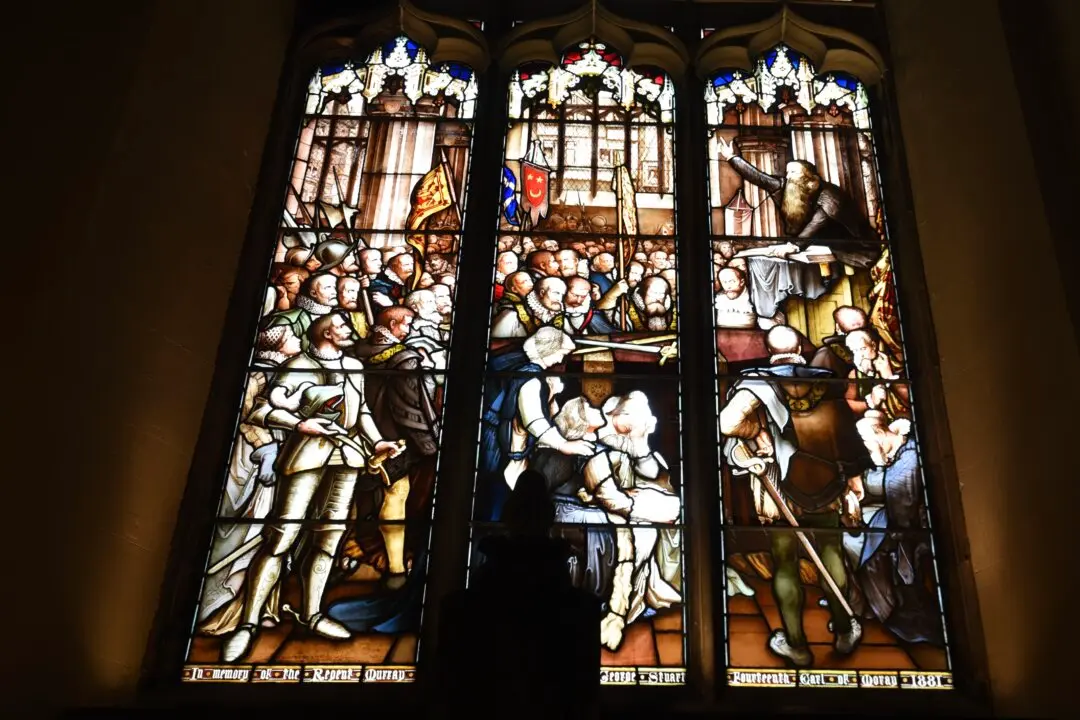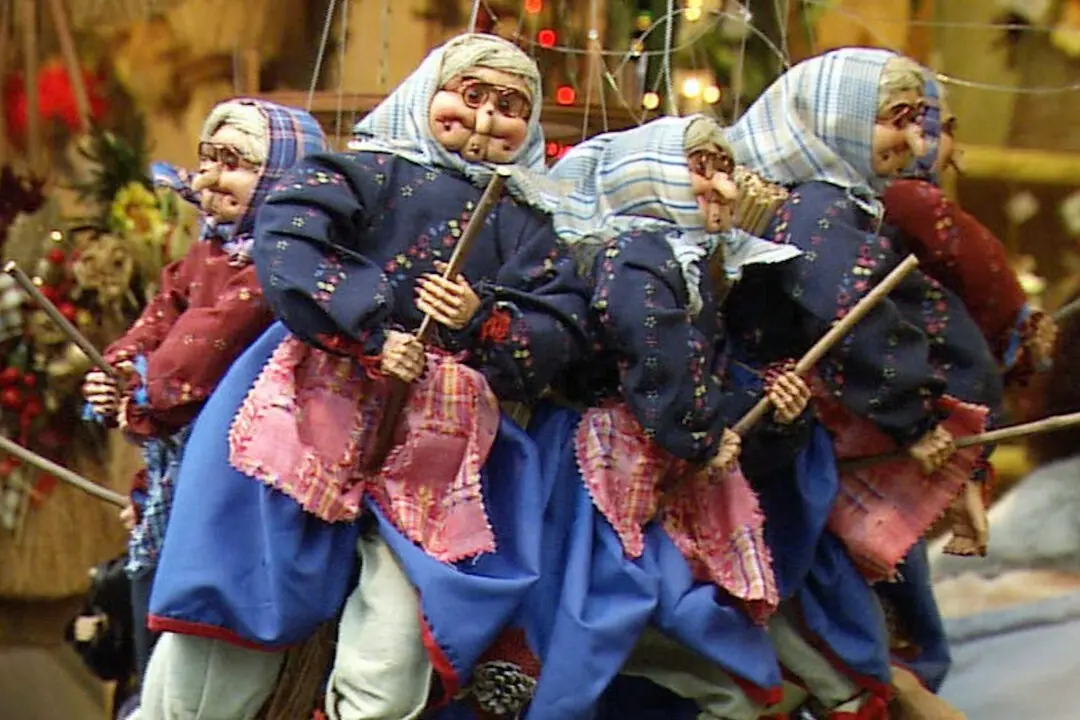Squinting at the jeweled snuff box of Frederick the Great in London’s Victoria and Albert Museum, it occurs to me that you could make a theme tour called “Exquisite London.” It would feature the souvenirs and ego trips left over from London’s gilded age of obscene privilege, plus a few ostentatious knick knacks from our own time.
If tracking “Exquisite London,” I’d start in the Victorian Age with the Great Exhibition of 1851. And the best place to do that is in the amazing museum established by the profit from that fair, London’s beloved Victoria and Albert Museum.





